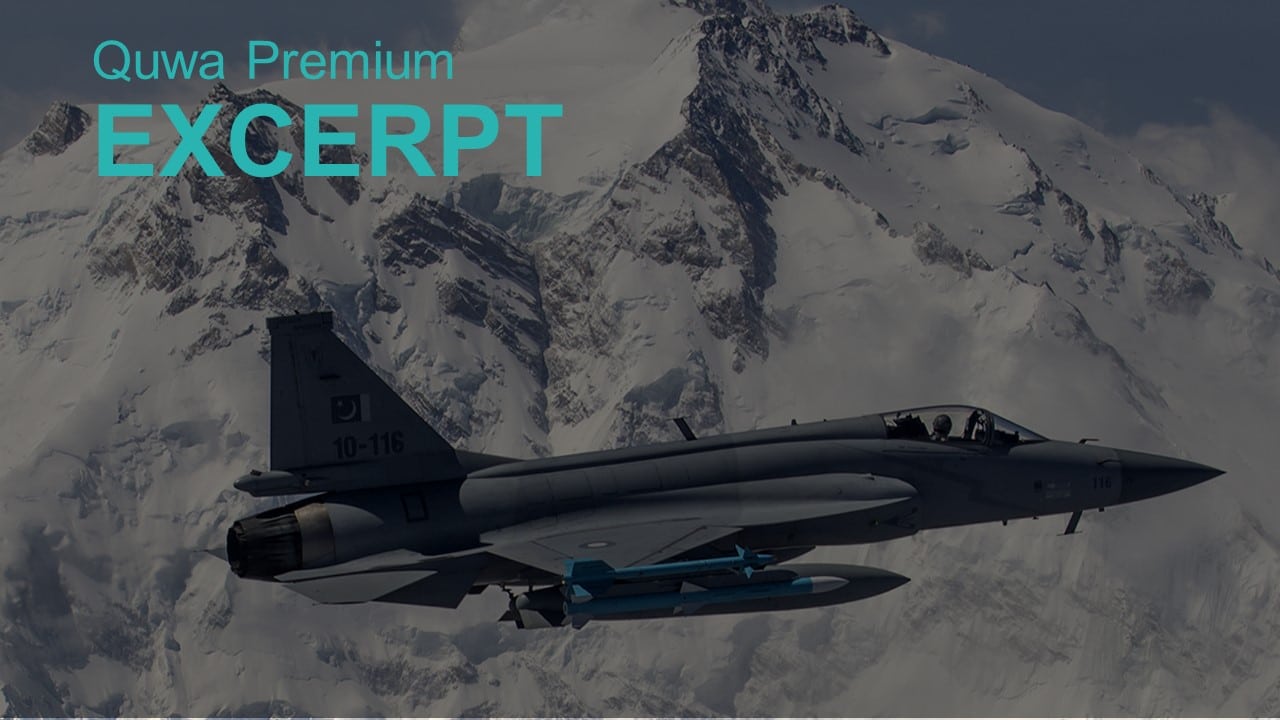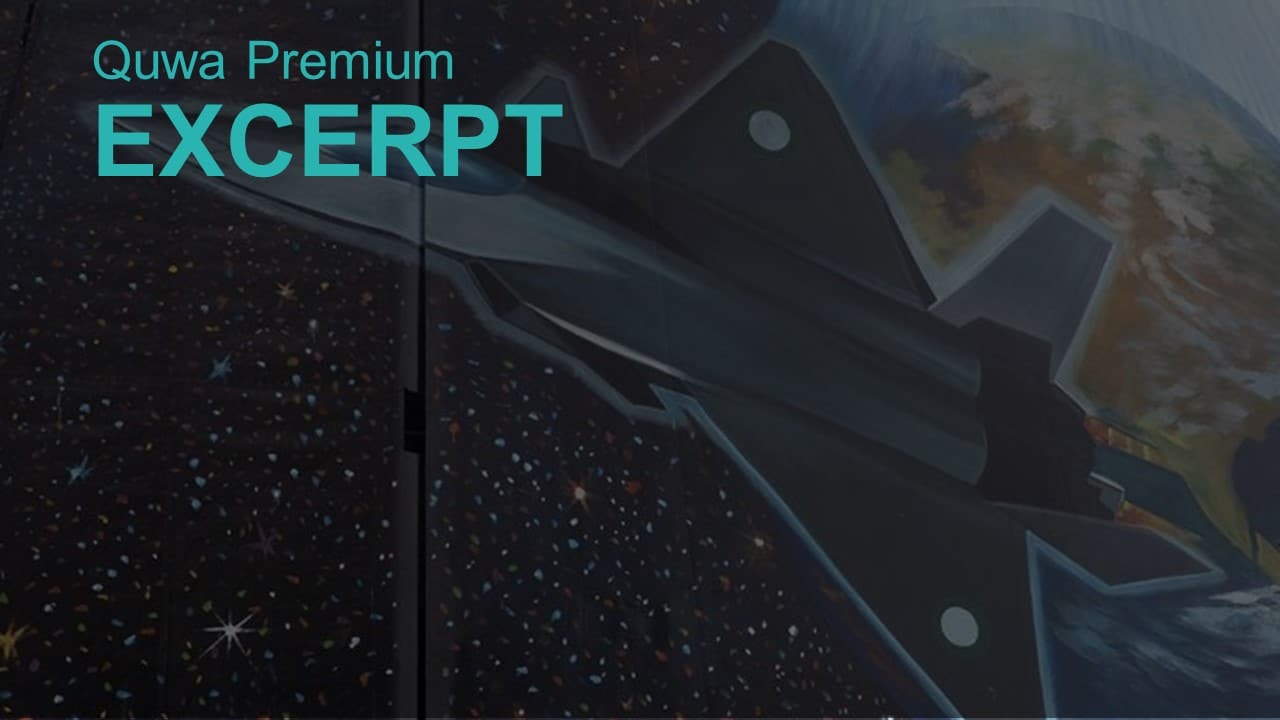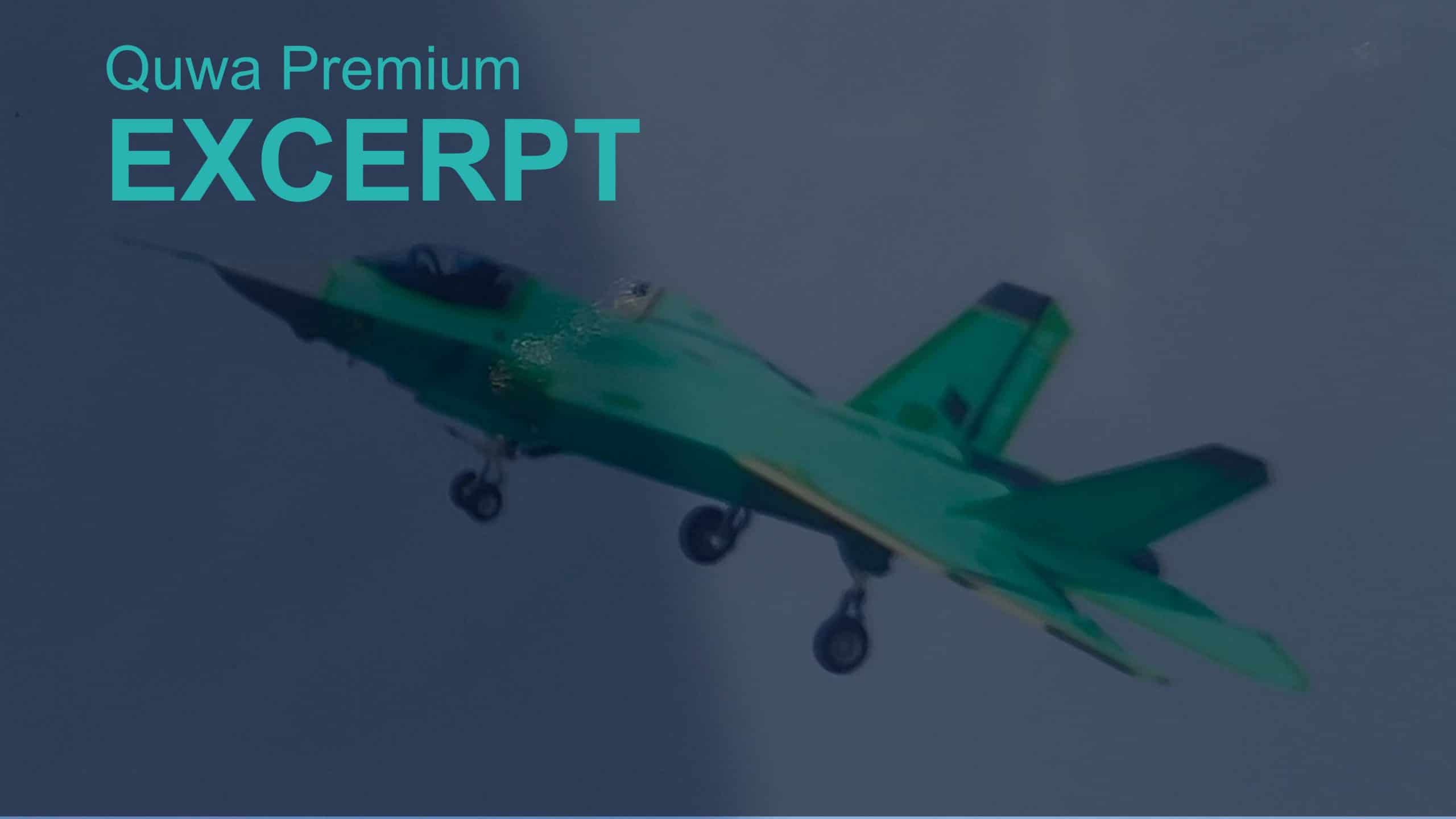3248Views

Argentina Weighs its Fighter Options: Is the JF-17 Still on the Table?
In mid-June, Lt. General Juan Martín Paleo, the Chief of the Joint Chiefs of Staff of the Argentinian Armed Forces, paid an official visit to Islamabad, Pakistan.
While Lt. Gen. Paleo’s visit was to encourage Argentinian-Pakistani defence ties in the general sense, his visit initiated a wider a discussion about Argentina’s new fighter requirement.
Towards the end of 2020, the Argentine Air Force’s Chief of Staff, Brigadier Xavier Isaac, had revealed that the country will consider the JF-17 Thunder. Since then, Argentinian officials assessed the JF-17 and spoke to both Pakistani and Chinese officials on various matters tied to a potential deal.
Moreover, the Argentine government allocated $664 million US in funding for the purchase of 12 modern fighters in its draft budget for fiscal year (FY) 2022.
However, despite seemingly positive signs towards an Argentine JF-17 order, it is unclear if Argentina will ultimately order these aircraft. Besides the country’s now perennial difficulties with committing to a new fighter order, Argentina must weigh the JF-17’s technical gains with its potential geo-political blowbacks.
Replacing an Aging Fleet
Today, the Argentine Air Force reportedly flies six Lockheed Martin A-4AR ‘Fightinghawk’ fighters. This is a steep fall from the original fleet of 36 A-4ARs. Prior to the A-4AR, Argentina had Dassault Mirage IIIs and Mirage 5s, Israel Aerospace Industries (IAI) Neshers, and Douglas A-4 Skyhawks. By the 1970s and 1980s, Argentina had one of the largest air warfare capabilities in Latin America.
Argentina’s been trying to acquire a new fighter to replace its aging A-4ARs since 2013. Over the years, it weighed a number of options. These options had ranged from buying ex-Spanish Air Force Dassault Mirage F-1s, IAI Kfir Block-60s, and Korea Aerospace Industries (KAI) F/A-50s.
However, Argentina could not secure any of those aircraft. In the case of the KAI F/A-50 in particular, KAI could not close the sale due uncertainty about the fighter’s British-origin parts and subsystems.
In the end, the Argentine Air Force had to start looking at its peripheral avenues, notably China. Argentina had originally dismissed the JF-17 because it did not use a Western radar or Western avionics.
This was an understandable condition for Argentina, which is used to operating Western-origin equipment (indeed, even Pakistan preferred the same for the JF-17 in its initial years of development). However, by 2020, Argentina seemed to have changed its tone on this issue.
The Argentine Air Force set its eyes on the forthcoming JF-17 Block-III. It is arguably the lowest cost option for an active electronically scanned array (AESA) radar-equipped fighter with both modern long-range air-to-air missiles (LRAAM) and stand-off range air-to-surface weapons.
Moreover, and as importantly, the JF-17 Block-III is accessible. Due to either cost or Britain’s participation in various defence consortiums, alternatives like the Gripen, Typhoon, and Rafale are not available to the Argentine Air Force. Thus, the only other supplier who could stand in for China is America.
On this note, Denmark is offering its surplus F-16A/B Mid-Life-Update (MLU) fighters. For Argentina, while this alternative option does not present the same technology gains as the JF-17 Block-III, it does provide a modern replacement for the A-4AR while also ensuring Washington’s amicability.
Negotiating Geo-Political Challenges
Thus, for Argentina, the challenge is not just a narrow technology issue, but a broader geo-political matter…
End of Excerpt (545/ 1,113 words)
You can read the complete article by logging in (click here) or subscribing to Quwa Premium (click here).
For more defence news and analysis, check out:


